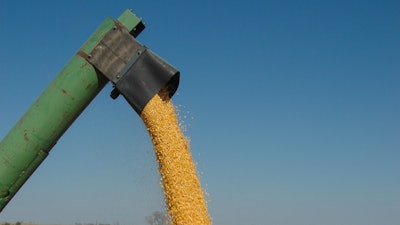
The U.S. Department of Agriculture's Foreign Agricultural Service has released its latest Export Sales Highlights report, revealing marketing-year lows across several key agricultural commodities for the week of December 27, 2024, to January 2, 2025. The report indicates substantial decreases in net sales for wheat, corn, rice, and soybeans compared to both the previous week and the prior four-week average.
Key findings from the report include:
Wheat net sales dropped to 111,300 metric tons (MT), down 21% from the previous week and 70% from the prior four-week average.
Corn net sales fell to 445,000 MT, a 43% decrease from the previous week and 61% from the prior four-week average.
Rice net sales plummeted to 10,700 MT, down 68% from the previous week and 84% from the prior four-week average.
Soybean net sales declined to 288,700 MT, a 40% decrease from the previous week and 72% from the prior four-week average.
Despite the overall downward trend, some positive developments were noted:
- Cotton exports reached a marketing-year high of 191,700 running bales, up 66% from the previous week.
- Pima cotton sales saw a notable increase, with 6,400 running bales sold, up significantly from both the previous week and the prior four-week average.
The report also highlighted shifts in export destinations:
- South Korea emerged as a significant buyer for wheat, purchasing 68,100 MT.
- Colombia led corn purchases with 177,100 MT.
- The Netherlands was the top destination for soybeans, with net sales of 205,400 MT.
These figures reflect the dynamic nature of global agricultural markets and underscore the challenges faced by U.S. exporters in maintaining market share amidst changing international demand and competition.

















